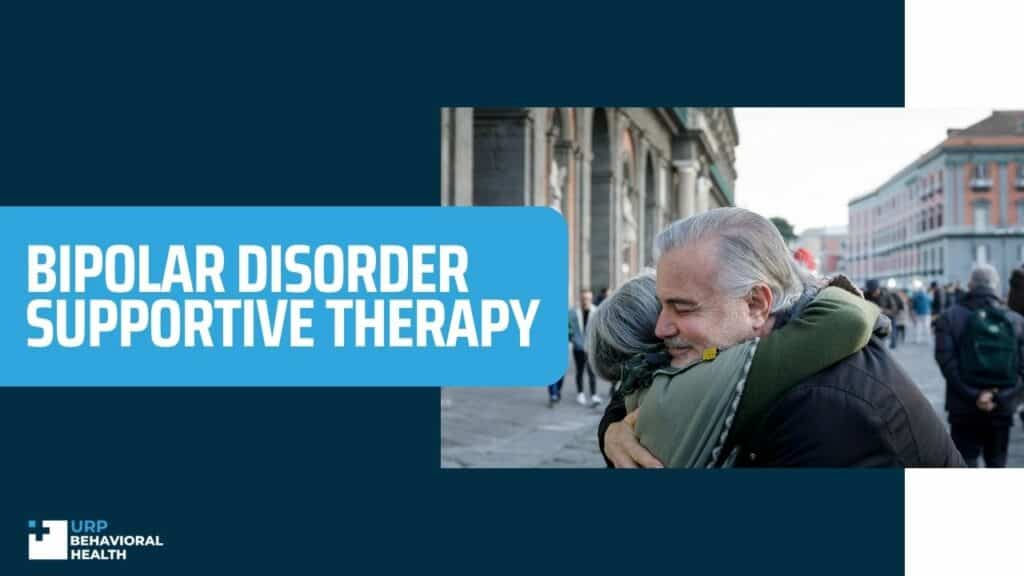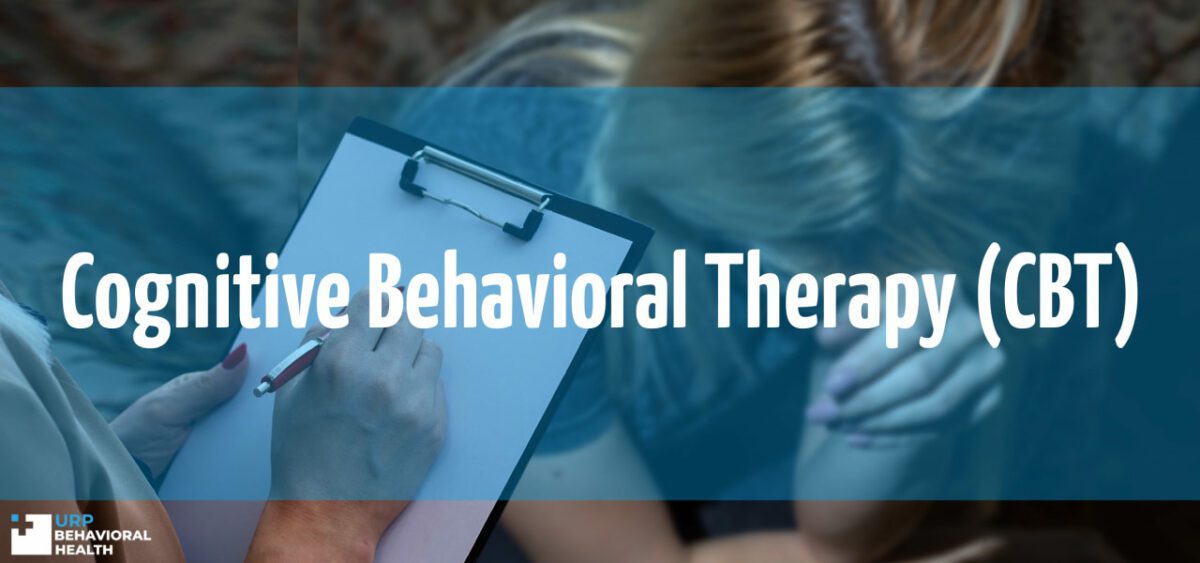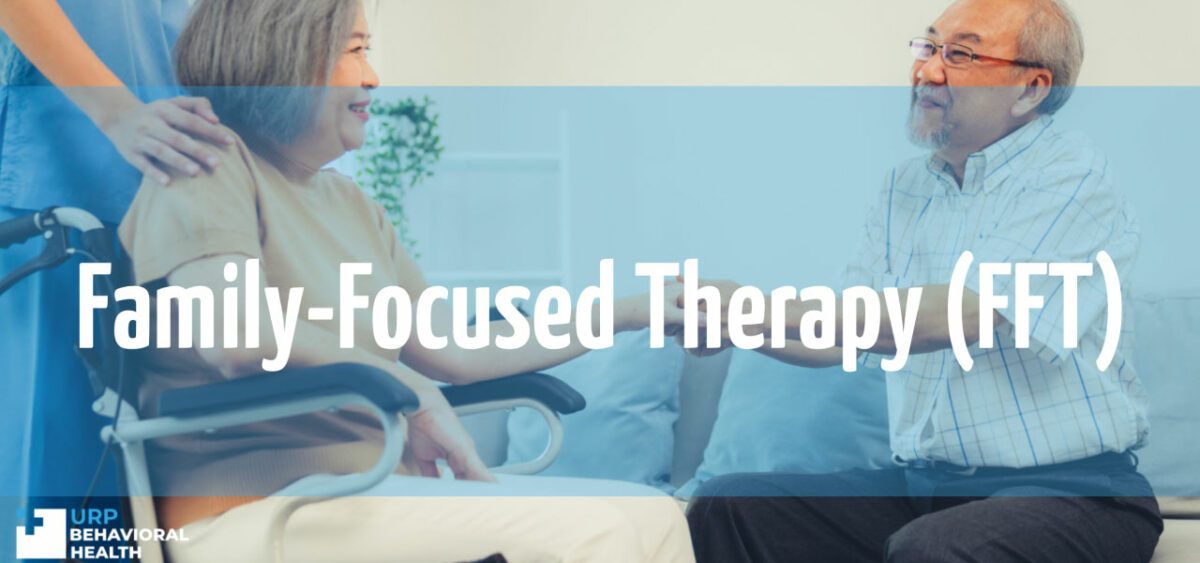Bipolar Disorder Supportive Therapy

Researchers at the National Institutes of Health estimate that around 4.4 percent of Americans will develop bipolar disorder at some point. The disorder, characterized by drastic shifts in mood, motivation, and activity levels, can impair functioning in various aspects of life. If you or a loved one is struggling with bipolar disorder, navigating alone can be incredibly difficult.
Fortunately, there are various effective treatment options that can alleviate your symptoms and improve your functioning. Although there are medications developed for bipolar disorder, research indicates that combining them with therapies offers significantly better results than therapy alone.
Therapy for mental health disorders includes a range of different approaches that focus on different aspects. While some therapists stick to a single approach, the professionals at URP Behavioral Health prefer a holistic approach that includes techniques from different theories


Cognitive Behavioral Therapy (CBT)
Benefits of CBT
Various studies prove the efficacy of CBT for people with bipolar disorder. This therapy can help reduce depressive symptoms and the severity of mania. At the same time, it reduces the relapse rate while enhancing psychosocial functioning.
In one study that involved applying CBT for bipolar disorders, researchers found that 6 months of sessions correlated with fewer hospitalizations and greater adherence to treatment. CBT also resulted in fewer manic episodes, which would occur because of inconsistent lithium use.
Generally, the use of CBT involves a three-pronged approach. This involves educating you about the disorder, changing your negative thought patterns, and preventing future manic and depressive episodes.
Typical CBT Process
Usually, CBT involves going through a few crucial stages. You start by working with your therapist to determine the issue. In this case, you’ll discuss the symptoms that are affecting your quality of life and mention how they bother you.
After pinpointing the problems you’re experiencing as a result of your symptoms, it’s time to assess the thoughts, feelings, and subsequent behaviors associated with them. Together with your therapist, you’ll evaluate your responses to these problems. This helps you alter how you feel about these problems and the way you behave in response.
An essential part of the therapeutic process involves identifying distorted perceptions, emotions, and behaviors. After all, the way you perceive problems can make them worse. For instance, engaging in negative self-talk and focusing on the negative parts of a situation are both ways to think negatively.
Lastly, you’ll work with your therapist to replace unhelpful thoughts with realistic, objective, and balanced thoughts. A good example includes looking at a situation from an objective lens. This doesn’t just encourage you to think positively but strengthens your coping skills as well.

Family-Focused Therapy (FFT)
- In psychoeducation, your family learns about the different symptoms you show during manic, hypomanic, and depressive episodes. Your therapist will teach the family how to identify symptoms. The next part involves learning coping skills to address stressors and alleviate manic and depressive symptoms. Lastly, you’ll need to manage a routine that reduces the risk of relapse without compromising on functioning.
- In communication enhancement training, the therapist will observe how you communicate and address maladaptive patterns. This can help prevent conflict and foster understanding between members.
- When a family member is struggling with a mental disorder, it’s bound to create some tension. Therefore, your therapist will build your problems solving skills to address this tension and prevent conflict at home.
Conclusion
When left untreated, bipolar disorder can result in further complications like comorbidities and increased severity of manic episodes. It’s why mental health experts recommend getting treatment at the earliest to help with symptom management and improve psychosocial functioning. Through a combination of behavioral therapy and family involvement, clients have a higher chance of recovering from the disorder.
Let Us Guide You Towards Healing
We know that seeking treatment can be overwhelming, but our staff is here to make the process as smooth as possible. We’re available 24/7 to address any questions or concerns you may have.

